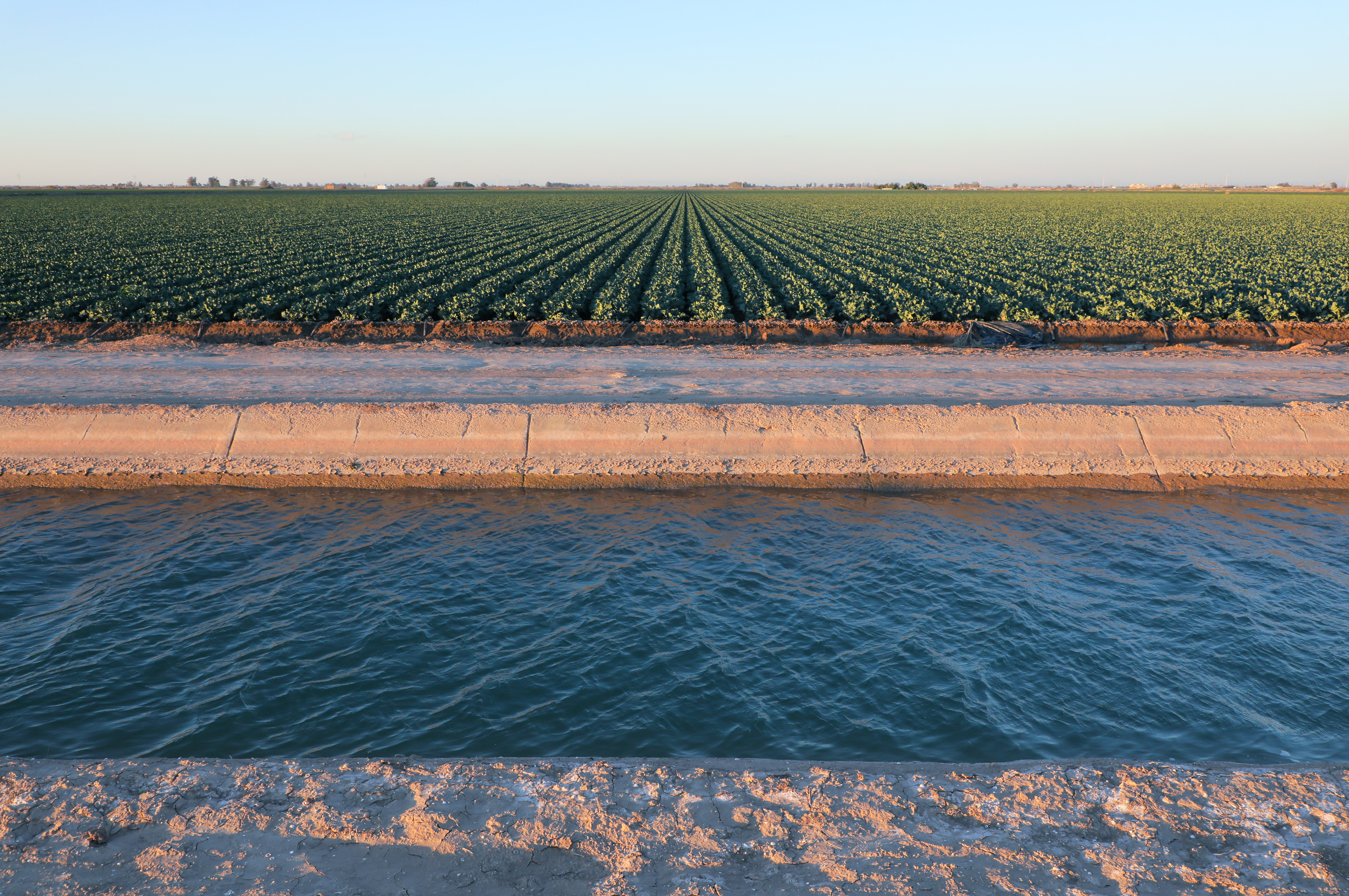
This week, as Earth Day, a global event established in 1970 to promote environmental protection, was celebrated, it seems like a good time to discuss the efforts to sustain water resources, especially in the West along the Colorado River Basin. It is well known whether you are a water manager, grower, or someone living in the West, that we are in an extended period of drought brought about by climate change. While we’ve had a couple of good years thanks to Mother Nature, it doesn’t change the fact that we live in uncertain times that challenge water sustainability. What’s notable, however, is how hard stakeholders are working across sectors to save water, and this is worth celebrating on this year’s Earth Day.
A look at what has occurred over the past 20 years in the southwest region of California stands as an example of that effort. Working collaboratively under the 2003 Quantification Settlement Agreement, which provided California the means to live within its allocation of Colorado River supplies through a voluntary conservation program, has saved hundreds of thousands of acre-feet of water annually over the years. By way of context, just one acre-foot is enough to serve a family of four for a year. This level of conservation is possible largely through a partnership between the Water Authority and the Imperial Irrigation District (IID), in which the Water Authority funds conservation annually in the Valley that is then implemented by IID and growers. The Coachella Valley Water District (CVWD) and Metropolitan Water District of Southern California (MWD) also fund conservation in the Imperial Valley through separate agreements with IID under the QSA.
Certainly, growers deserve much of the praise for the innovative steps they have taken to conserve water over the years. It’s also important to note that even as they have implemented water efficiencies, thanks to funding from the Water Authority as well as CVWD and MWD, they have found ways to do so while increasing their yields, thus preserving the local agricultural economy.
Along with growers’ efforts and the partnerships between agencies under the QSA, cities have also invested in conservation to save water and have developed new methods of generating water that, in effect, protect water resources. In the San Diego region, as an example, water use has reduced by nearly 50 percent since 1990 thanks to programs that promote water-use efficiencies. Investments in seawater desalination and water recycling projects in the San Diego region are also reducing demands on other water resources, like the Colorado River and the State Water Project.
This focus on conservation to sustain water supplies has been done with an eye toward protecting the environment, most notably the Salton Sea, California’s largest inland lake stretching between Imperial and Riverside counties. From the start of the QSA in 2003, the QSA Joint Powers Authority, made up of IID, the Water Authority, CVWD and the state, have worked on an air quality mitigation program adopted as part of the QSA, with the three water agencies funding $133 million (in 2003 dollars) in a mitigation program. That funding has not only supported projects at the sea but also built a nearly 1,000-acre managed marsh close to the sea and other mitigation efforts. Separately, the state has moved forward with a restoration program that continues to ramp up, thanks largely to stakeholders finding ways to work collaboratively on the sea. Certainly, more needs to be done, but the way stakeholders have come together has led to clear progress with more to come.
Of course, the steps taken to date to save water, produce new water through sustainable methods and to protect the environment don’t represent an end to the efforts. In fact, the federal government is asking stakeholders to do more to save water on the Colorado River in the near term while planning for a future where conservation will continue to be important, as will other strategies to better manage water supplies. Once again, stakeholders are finding ways to work together to meet this new challenge.
What it all comes down to is that if history is any indication, though water resources may face an uncertain future, stakeholders across sectors will find ways to work together to ensure the sustainability of this precious resource we all depend on and do so in a way that is mutually beneficial and considers the environment. Throughout the generations, stakeholders have done their part to manage water. This generation of water users is no different, and that’s why, despite the challenges ahead, on this Earth Day 2024, there is reason to be hopeful for a future in which water continues to serve the needs of all users.